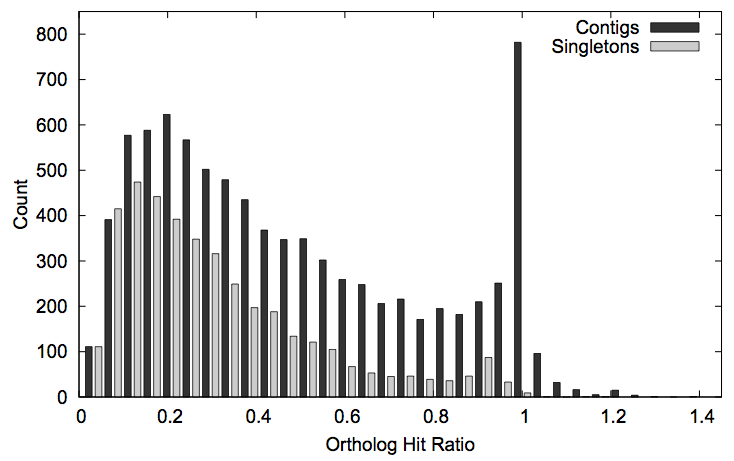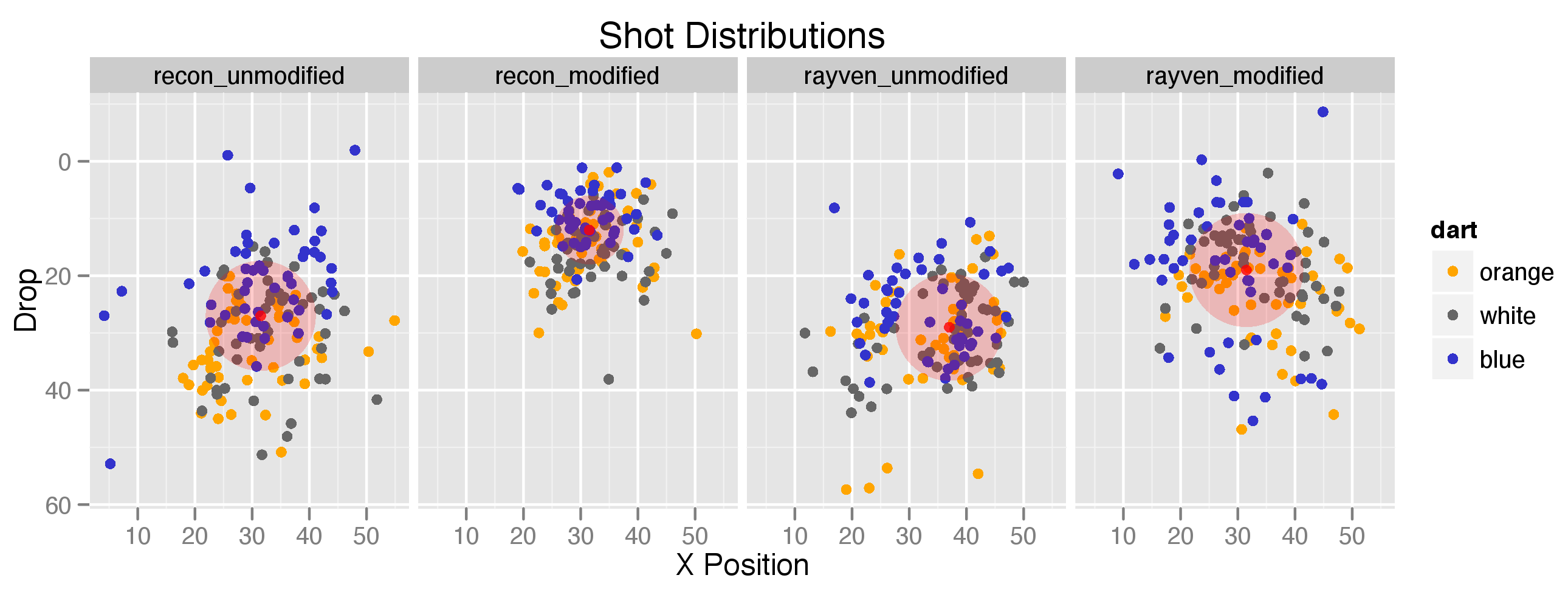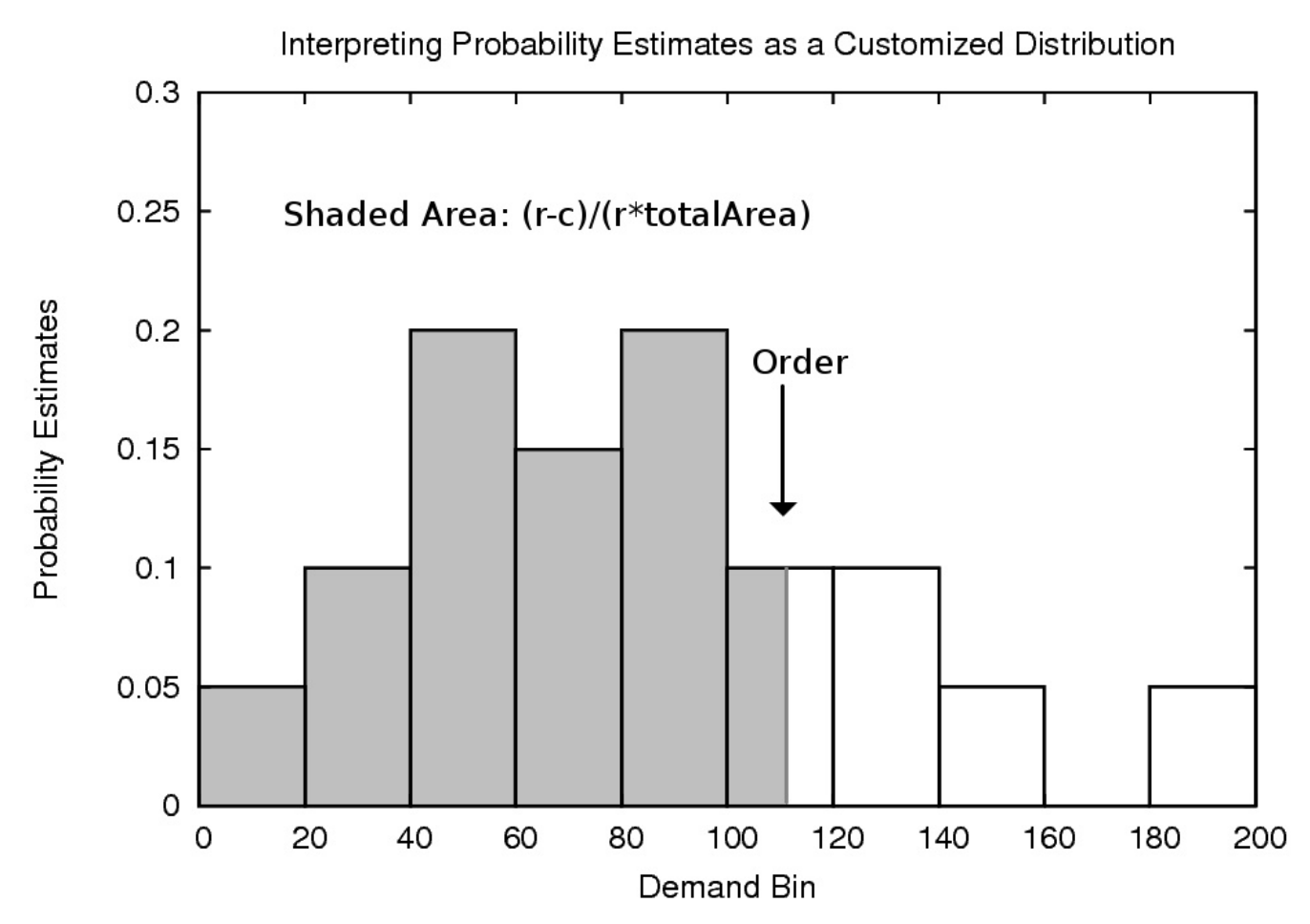Assessing the quality and completeness of transcriptome assemblies is a challenge. For this problem, we developed a measure of gene assembly known as the “ortholog hit ratio.” First we associate each assembled gene with its closest match in a related organism. Then we compare the length of the matching region to the total length of the related gene. (Comparing the length of only the matching region ignores untranslated regions on the ends that are not considered part of the gene.
| Home | Bio | Tags |







